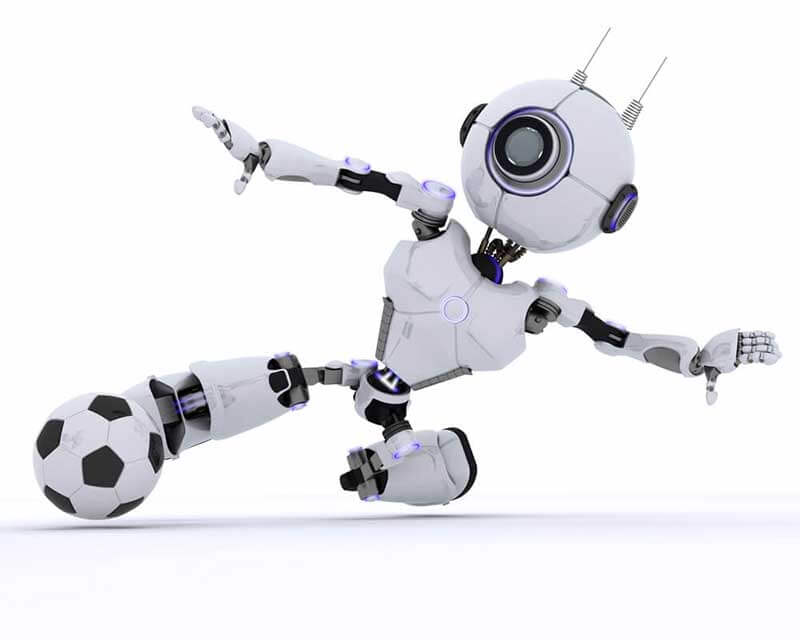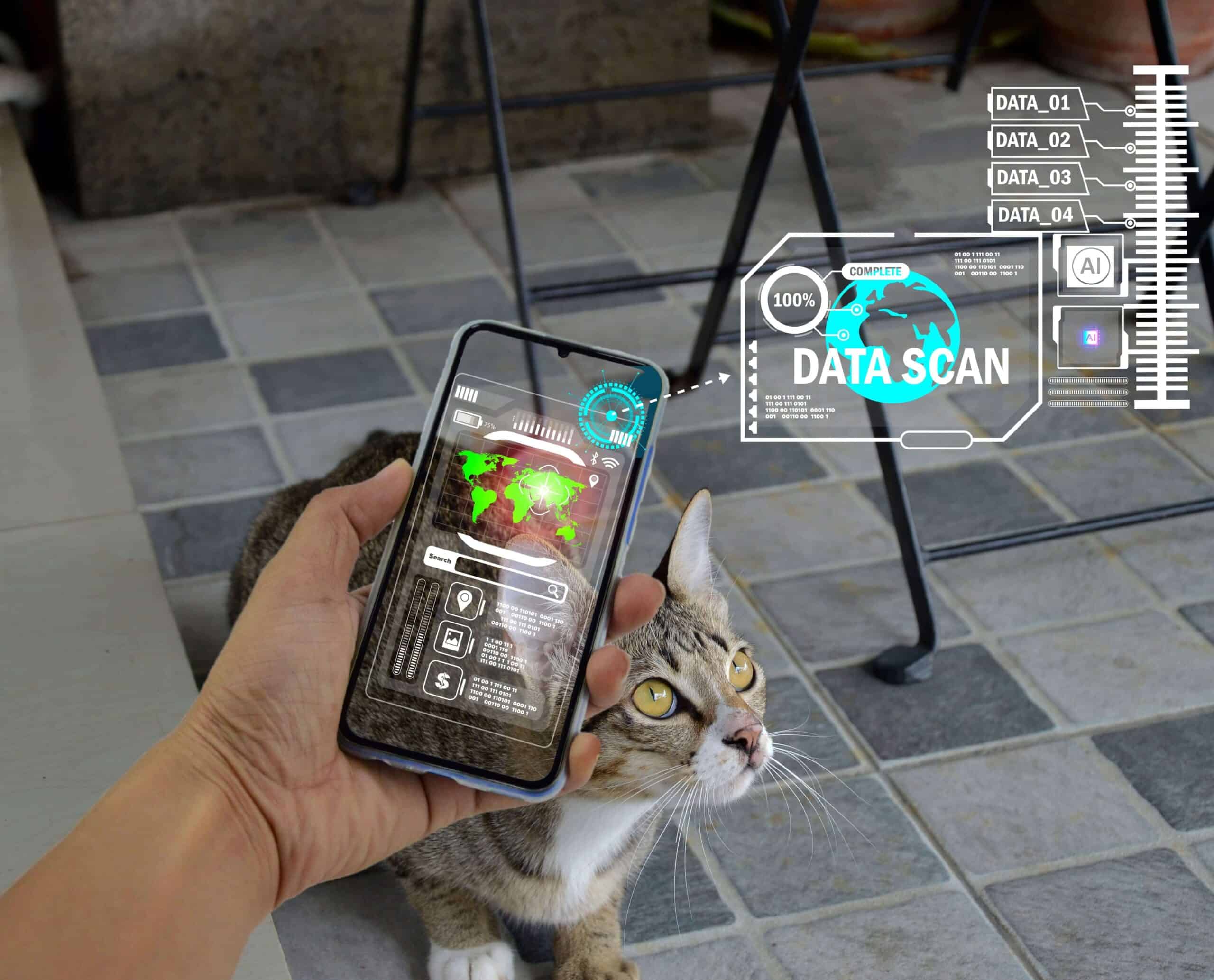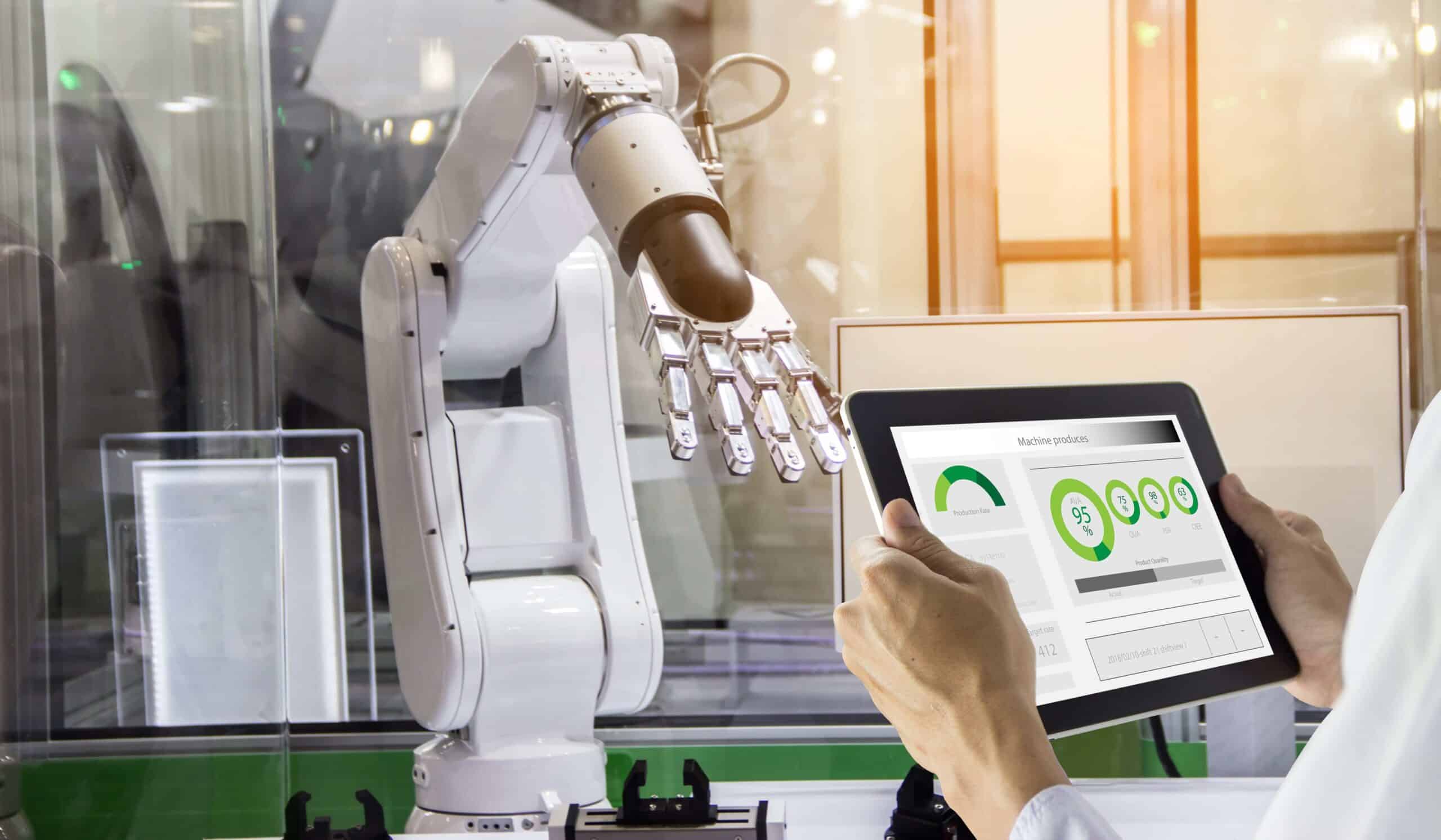- Streamlined pit stops and sensors in your shirt
- The coach of the future will no longer be on the field
- Sensors and data in sport are good for business
- Customised training and a better understanding of yourself
- What can big data, sensors and analytics do for the public?
- From ‘blood, sweat and tears’ to over-analysed science?
The advancements in technology also offer lots of opportunities for applications in sports, leading to significant change in this industry as well. Thanks to sensors, big data, smart algorithms and the Internet of Things, athletes can get a much better understanding of their health, enabling them to perform better and become more valuable. For sports coaches and trainers, things will change dramatically and audiences around the world will literally look at sports with different eyes. Will sport and technology become the dream team of the future? In this article we’ll take you through the points big data, sensors and analytics will be scoring in the future of sports.
Streamlined pit stops and sensors in your shirt
Formula 1 racing is one of the most advanced, most data-driven sports in the world. With every lap, hundreds of sensors in each car produce between 20MB and 30MB of data. Information about engine performance, tyres, fuel and temperature enables the team to take super fast decisions when the racing car arrives at the pit stop.
Sensors are also imbedded in clothing and shoes and in wearables on the body (FitBit fitness tracker) and in the body (electronic pill). These sensors are all connected to the Internet and provide valuable information.
A good example of the role of sensors in the future of sports is Dutch startup DashTag. Cyclists and runners already use apps like Strava and Runkeeper to record and analyse their performance but up until recently, there wasn’t anything similar for team sports. DashTag developed the ‘Dash’, a prototype sensor embedded in the shirt of the athlete, between the shoulder blades. Via the Dash smartphone app, the athlete receives a comprehensive overview of his performance on the field but also information on speed, distance and position. Positional data can be linked to information on the player’s recovery capacity, energy levels and pulse rate.
In American football, sensors embedded in the players’ helmets play an important role in the prevention of head injuries. Smart algorithms can make predictions with data collected during an accident. With this information, measures to prevent injuries can be improved. We can also embed sensors and microchips in basketballs and tennis rackets. The sensors in a basketball can measure things like backspins and the point of contact. Coaches can use this and other types of data to customise training regimes.
The coach of the future will no longer be on the field
In the future, the coach sits behind his desk and looks at his dashboard to check sensor data and analytics on his players’ performance, what their physical condition is like and whether they are likely to get a sports injury in the future. He can compare previous matches, predict which players’ combinations yield the best results and determine which type of training will provide optimal preparation for future matches. Last year’s Soccer World Cup Champion Germany already makes use of SAP data management system, enabling soccer coaches to intervene based on statistical data. The system also enables coaches as well as scouts to view all sorts of important information about the performance of the player.
Sensors and big data are good for the business of sports
The selection of young soccer talent is a market of no less than eight billion dollars worldwide; 13.000 soccer players in 500 soccer teams. It is currently impossible to monitor all these players individually. It is also impossible to know how a player is going to perform in the future. Acquisition risks are huge. In the future, we may be using real time and historical data derived from wearables in order to measure, assess and predict the capabilities of the athlete, as well as make revenue estimations.
Customised training and a better understanding of yourself as an athlete
In the future, GPS technology will become an increasingly important aspect of athletes’ training regimes and they will be continuously monitored. Data from sensors is stored and analysed and coaches, scouts and medical staff will all be using this information. The information from sensors and big data can also be very useful for the athlete himself. It will enable him to measure physical fitness and muscular strength and help him develop specific training programs.
What can big data, sensors and analytics do for the public?
Data and analytics are already playing a prominent role in the production of sports programs. During sports broadcasting, commentators make use of this data. This way, the audience gets a much more interactive experience. In the future we take these developments one step further. For example, we’ll take a look inside the sportsmen’s bodies, which will show us all kinds of interesting information on speed, movement and energy and adrenaline levels. This technology enables the broadcaster to offer the public an even more interactive, different and very valuable product.
From athletes’ blood, sweat and tears’ to over-analysed science?
Technological developments in sports offer endless benefits. If we look at precision sports such as gymnastics and figure skating, big data can take quality, beauty and elegance to new heights. In team sports like soccer, basketball and baseball for example, big data can intensify the competition between teams in an unprecedented way, causing individual as well as team performance to be at an all-time high.
As exciting as these developments may be, we also need to be cautious and make sure not to allow sports to become a data driven, over-analysed science. Big data can make sports more interesting, but it shouldn’t be used to make it more predictable. We mustn’t lose sight of the very factors that make sports exciting and interesting; personal experiences, athletes’ “blood, sweat and tears” and, of course, the unpredictability. At the same time we need to realise that in the future, technology will influence sports in ways that we can’t possibly imagine.








